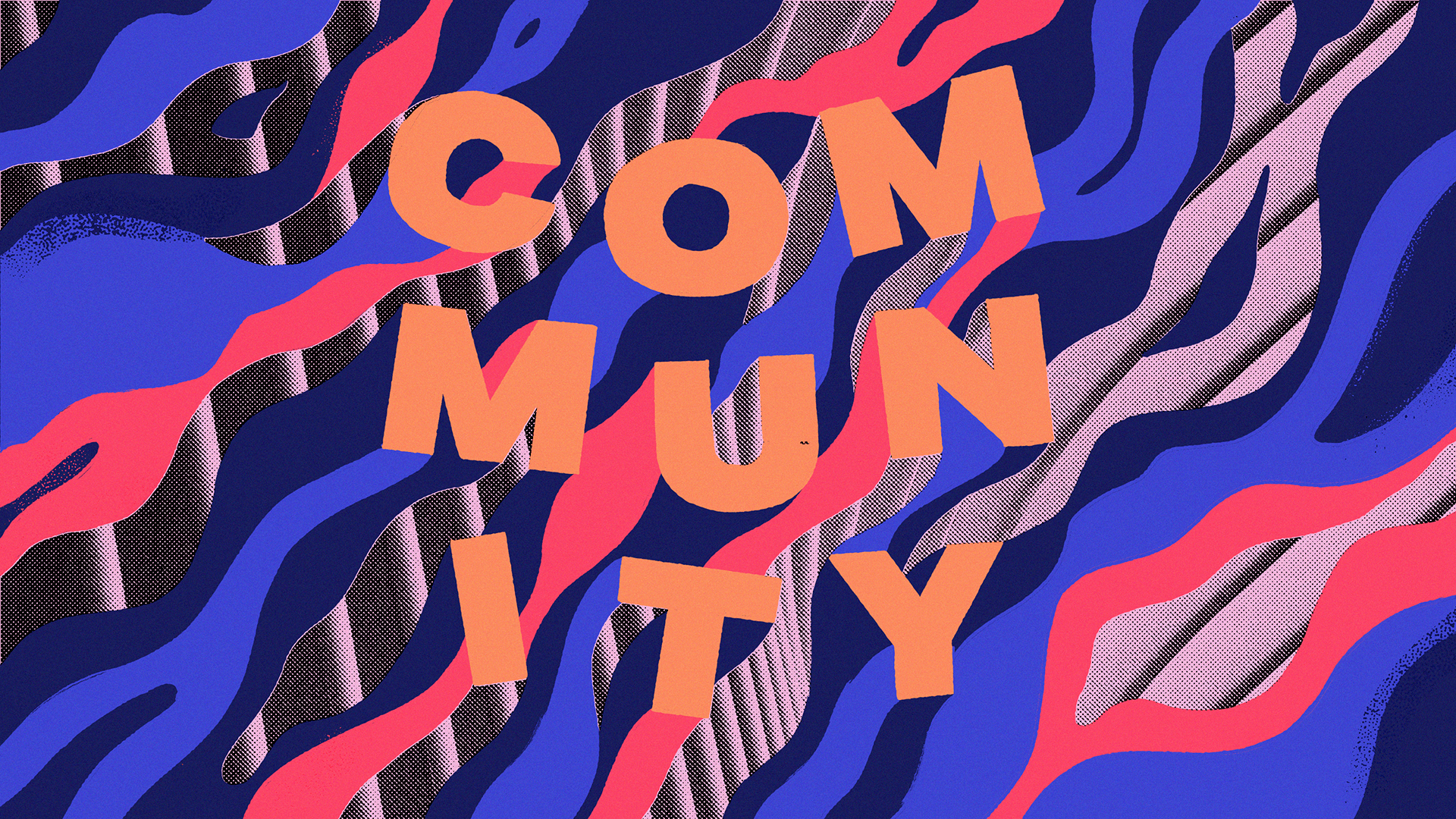
The Key Strategies to Build an Effective Product Community, According to InVision.
When looking for the model for building an effective community you don’t need to look much further than InVision, a digital product design platform that puts an emphasis on community through efforts like the Design Leadership Forum and DesignBetter.Co. Through their efforts, InVision has developed a strong community with thousands of design leaders and practitioners engaging in meetups, group discussions, and networking.
So, what is the key to developing a strong community? According to Adam Fry-Pierce, Director of Design Community and Curator of the Design Leadership Forum, and Mike Davidson, VP of Partnerships and Community, there are key strategies you need to build a community. Let’s break those down.
1. Give a voice to those looking for a place to speak.
The power of community comes from the diverse perspectives that are brought together through a unifying problem or goal. While you may be in charge of facilitating those voices, your goal should never be to talk the loudest.
As Adam Fry-Pierce explains in his interview on the Better Product Podcast, “We’re happy to use our platform to direct it to the voices that aren’t necessarily always represented in the typical places that you would look for them. People that don’t necessarily have a million followers on Twitter or don’t have popular design blogs but nonetheless have very important things to say about accessibility and diversity and inclusion.” While you may want to take the position of thought leader within the community you’re building, focus instead on providing a platform for those with something important to say, and simply benefit from the brand association.
2. Don’t just give people a hammer; teach them to swing it.
A unique value of communities that you can’t get from a simple sales pitch comes from sharing the wealth of product knowledge. When your product has a community surrounding it, you aren’t simply giving your users the “hammer” — you’re teaching them how to swing it by giving them access to power users and experts who can help maximize their usage potential.
Building a product community that teaches users to swing the hammer can simplify the product adoption process, reduce churn, act as a de facto support team, and increase product loyalty. By providing valuable resources and elevating your loyal users, you create a cycle of bringing along new users and making them better at the work they’re trying to accomplish with your product.
3. Create a safe space and facilitate meaningful connections.
To build a community that provides value and serves the purpose you set out to serve, members have to feel comfortable to ask questions or discuss issues freely. As Adam explains of InVision’s Design Leader Forum, “If we can just create safe spaces where people can come and share stories around similar challenges, they’ll teach each other and they’ll take a little bit of that uncertainty that you might not be willing to admit but a lot of design leaders have expressed to me that they felt prior to coming to the forum.”
InVision doesn’t have ulterior motives within the forum, and by ensuring that their community is a safe space where people can seek help without being judged or sold to, they have created a strong community of people who feel comfortable contributing. From the strength of the community comes meaningful connections between product professionals who are able to connect and learn from each other regardless of location, job title, or competitive rivalry.
4. Rise the whole tide.
As Adam and Mike explained, “You know the adage of, with a rising tide all ships will rise… The more that we can help mature the entire field through community investment, we’re going to benefit in a number of different ways.” The focus of InVision’s community-building efforts are not to elevate their product. Their focus is to elevate the design community, and whether that results in increased sales for them or not, if the design community gets more connected, educated, and respected, that is a win.
Instead of searching for ways that your community can serve your interests, search for ways to elevate your entire industry. Rising the tide of your industry may bring your competitors with it, but it will also bring you and all your users along with it, and that is not something they will forget.
An engaged, loyal community is an effective tool for many aspects of your business, from guiding your product roadmap to growing brand loyalty, but you get out of a community what you put into it. Strong product communities are formed when you give members a voice, empower them with skills to be successful, create a safe space, and focus on rising the whole tide of your industry. By putting value first and serving the needs and goals of your community, you can build a strong network of advocates, like InVision has done.



